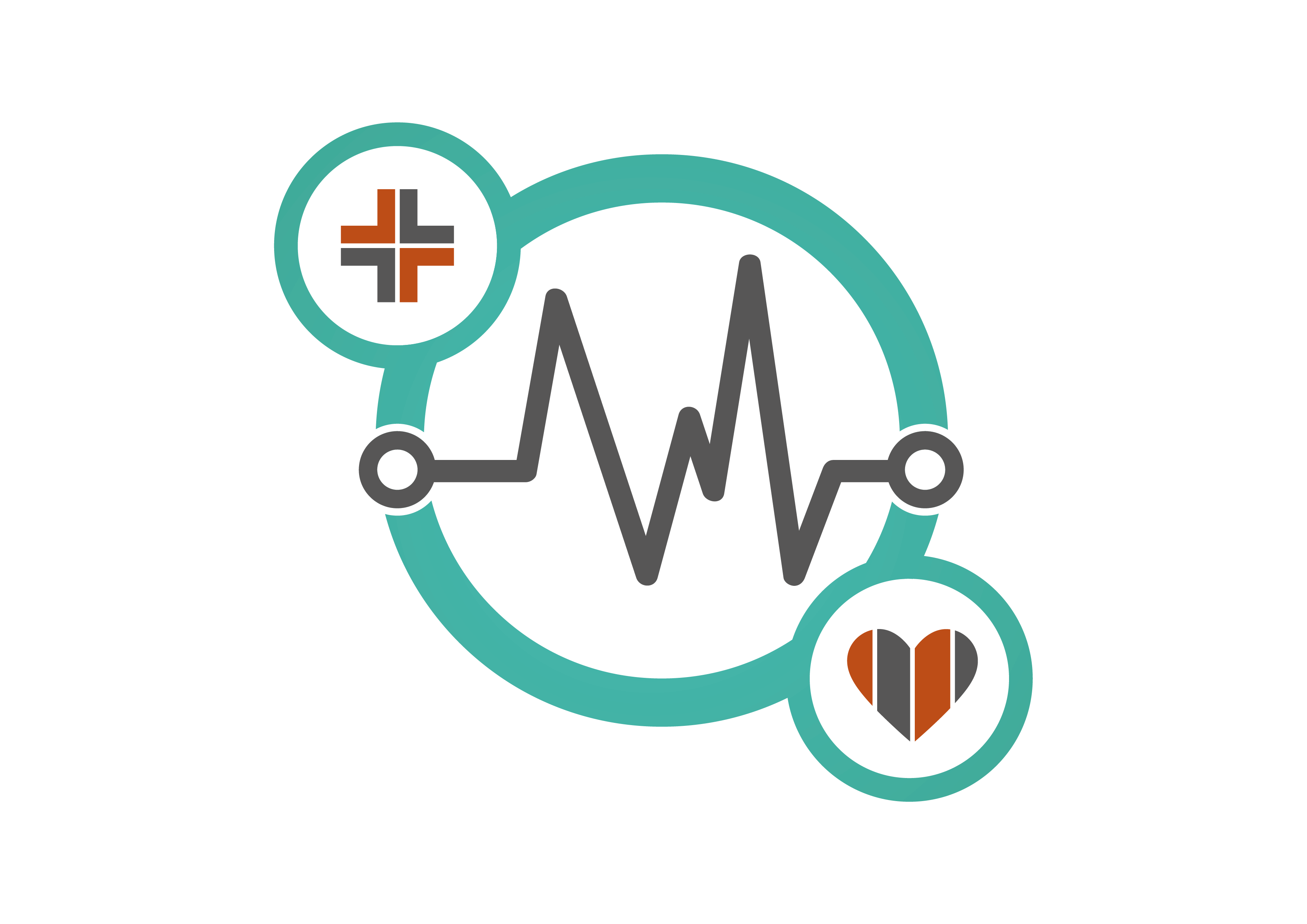Dennis Lenard, a UX expert with 15 years in MedTech and industrial design, lectures at King’s College London and leads Creative Navy. Known for integrating cognitive science into his work, he collaborates with industry giants like Miele and Ford, all while finalising a design manual for medical devices.

With over 15 years in ergonomic design, what key moments or decisions have significantly shaped your career path in the MedTech and industrial design fields?
As a UX designer, I refuse to be a trend follower. I don’t compromise when it comes to the quality of the work me and my colleagues hand over. I don’t abide by sacrificing usability to cut costs. I chose these sectors because I believe in them and I’ve experienced their need for improved usability first hand. Of course, there were many barriers to entry. Gaining access and building trust with established professionals meant a lot of hard work and advocacy for the best solution, not the cheapest one. You can’t force anyone to accept your design decisions, the hard facts must be on your side. I decided I wanted to put in the time and effort in order to be able to contribute to innovation and positive change, even if it meant studying dusk till dawn and making personal sacrifices.
As someone who mentors future UX designers at King’s College London, what emerging trends in UX design for MedTech are you most excited about, and why do you believe they hold potential for the future?
Perhaps the trend that makes me most optimistic is the fact that more and more UX designers are manifesting a keen interest in working for the MedTech sector. Young people want to help out and they feel empowered enough by their knowledge and tools to fight for access to this once-exclusive domain. In the next 30-40 years, doctors won’t have to waste cognitive resources on their IT systems anymore.
Thankfully, medical decision makers are starting to be more open to improvements as well. It seems they’ve come around to the idea that poor usability in the medical sector is a major contributor to burnout among professionals. The vast majority of medical IT systems have made everything worse for both doctors and patients. We were sold the promise of a utopia and instead are living with dystopian services. That’s why I admire my students: they want to take back what they were promised.
AI is increasingly being integrated into various aspects of UX design. From your perspective, what are the most promising applications of AI in MedTech UX, and how do you see this evolving over the next few years?
It’s clear that AI will be immensely important in both medicine and UX. However, the medical sector functions according to well-established processes, so integrating AI will definitely disrupt and challenge the status quo.
Medicine’s first contact with AI will be in non-clinical areas, like administration. For example, I see many healthcare providers implementing chatbots, which replace human interaction and attempt to shorten administrative processes. Decision makers are quickly charmed by the price point, failing to see that users might want or prefer something entirely different. Patients fail to access services because they can’t figure out the AI, and that failure frequently remains undocumented and unaccounted for. The user is always the one to deal with the consequences as the system keeps creating more hoops for them to jump through.
Similarly, AI will generate wireframes for medical devices, and decision makers will embrace the results because of cost considerations. This trivialises the importance of a great medical product and the impact it has on the medical care people receive.
Sadly, AI also has a negative influence within the MedTech sector. Many pseudo-medical apps and systems claim to be valid replacements for actual medical care. This predatory phenomenon is gaining a lot of traction, as the apps take users’ money through persuasive interactions without actually helping them. The consequences are disastrous for patients. I’m surprised that any of these products are allowed to exist, considering that they’re completely unethical and they hurt the credibility of the medical sector.
Could you share an example of a project where you applied cognitive science principles to design deliverables? How did this approach improve the usability or impact of the product?
We recently worked on the interface for a sonic cutter and it was an extremely formative experience. The device came with its own unique set of challenges. It was going to be used in an environment with a lot of light, so our design had to account for glare. The screen is also very small, and the user flows were complex. It’s also meant to be used with the medical professional’s non-dominant hand. The screen needed high accuracy response rates, as we wanted the doctor to be able to pay attention to their patient, not the interface. From the way doctors processed light with their peripheral vision to ensuring that their hand motricity flows naturally, we adapted the screen to the human mind. UX is not about colour theory, shortcuts or trends. Mind-screen interaction needs to be complementary and feel natural. This is how we prevent medical errors and preserve cognitive resources.
Your work spans various industries, including collaborations with companies like Miele and Ford. What challenges do you typically face when translating UX principles across such diverse sectors, and how do you overcome them?
There’s a lot of pre-established domain knowledge in terms of processes and devices in the industries we work with. Competitive pressure is what triggers most companies to embrace innovation, especially from a UX standpoint. Professionals have what I like to call a legacy bias, the ‘This is how we’ve always done it’. So, my team and I need to tread carefully and balance learning about the industry, gaining trust and distinguishing among essential and cumbersome aspects of their user experience. We need to show respect for the legacy and build upon it. We make it a point to empathise with the users and identify their pain points.
Ethics in UX design is a growing concern, especially in fields like MedTech. What ethical considerations do you prioritise when designing medical devices and software, and how do you ensure these are consistently applied throughout the design process?
Ethics in the medical sector is extremely important, but when it comes to software and devices, the approach is often narrow-minded. While a lot of medical product companies make sure that their products are accessible and safe (i.e. compliant to strict regulations), usability is frequently overlooked. UX design suited to users costs more, thus turning an ethical aspect into a business one. Poorly made devices don’t just have ethical shortcomings, they can actually have long-reaching consequences on the quality of the medical act. Doctors dealing with burn out are stretched thin by poorly designed devices, meaning they’re unable to provide top care and can only take on a limited number of patients. My approach would be to prioritise the wellbeing of physicians.


